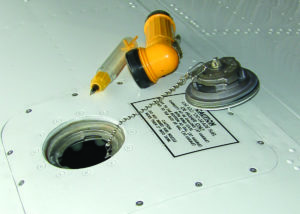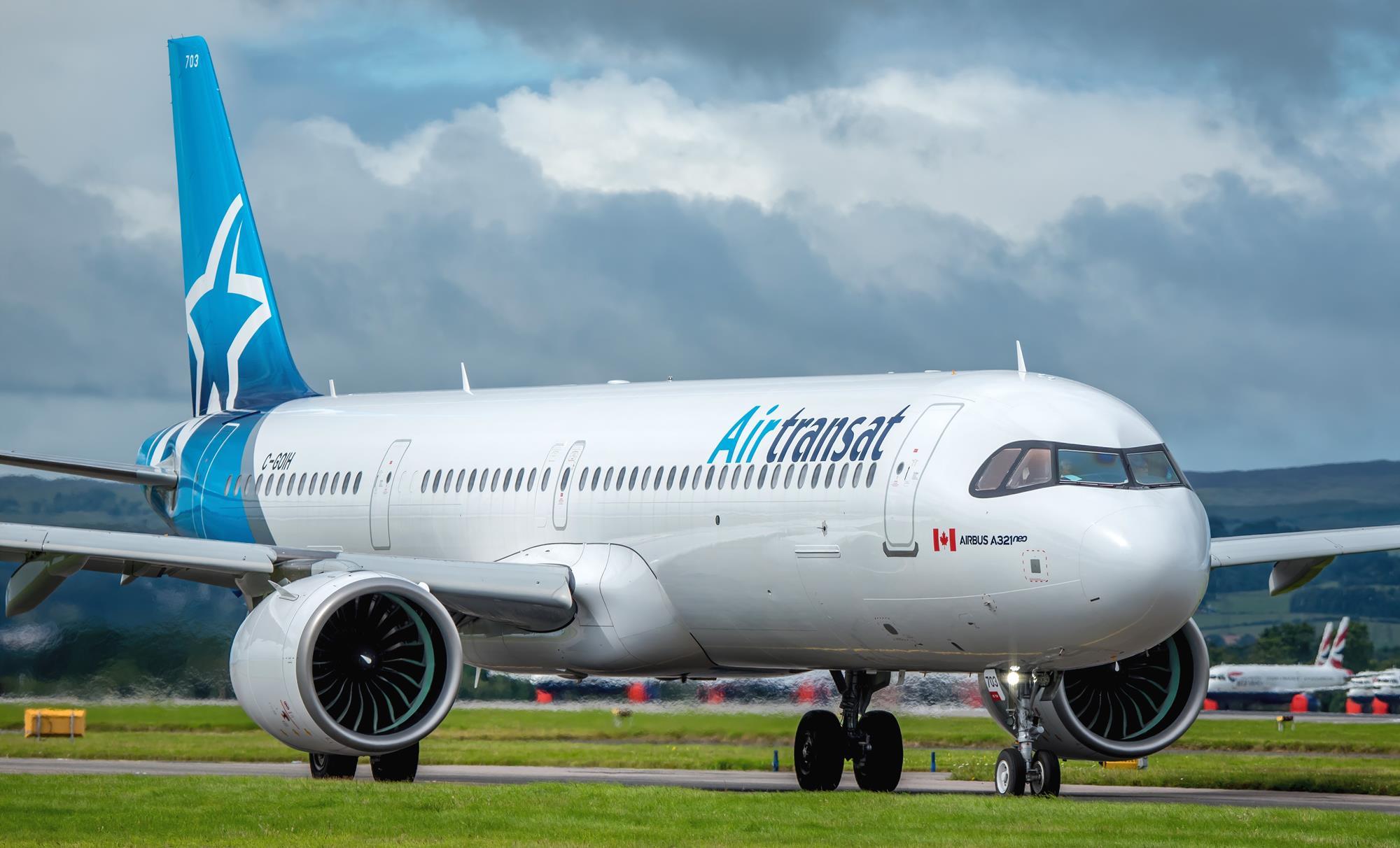
The airline industry long ago figured out that one of the
most dangerous things in aviation is two pilots trying to fly the same airplane
at the same time. One inevitable result of such an arrangement is that there
are times when no one is flying, and one of the ways we know this is from the
accident record. Airlines evolved the pilot-flying/pilot-not-flying concept to
acknowledge this characteristic of crewed cockpits and established clear
responsibilities for each pilot.
In single-pilot general aviation cockpits, however, we
rarely have the discipline to carve out specific roles or tasks for a
pilot-rated passenger, who probably is eager to help and/or demonstrate his/
her skills to the pilot in command. This often means delegating tasks like
untying the airplane or looking up a CTAF and getting the destination’s
automated weather. When there’s a clear delineation of responsibilities, the
pilot-rated passenger can be a huge asset to ensuring the flight’s safety and
efficiency.
It’s still up to the PIC to ensure the flight’s safe
outcome, though, and this often means double-checking anything the
pilot-passenger does. It also means checking for things that didn’t get done.
History
On September 24, 2017, at about 1829 Central time, a Beech
C35 Bonanza collided with terrain during an uncontrolled descent after takeoff
from the Harrell Field Airport in Camden, Ark. The commercial pilot and the pilot-rated
passenger were fatally injured; the airplane was destroyed. Daytime visual
conditions prevailed.
The pilot/owner and the pilot-rated passenger had just added
27.35 gallons of fuel to the airplane and were taking off for the final flight
of the day, back to the airplane’s base. One witness questioned why the
airplane was not gaining altitude after takeoff. Another witness saw the
airplane flying just above the treetops, begin a left turn, and then descend
and crash. Security camera video from about a mile away recorded the airplane
in a steep, left-turning dive just before it impacted the ground and caught
fire. No evidence of an inflight fire was observed in the video.
Investigation
The airplane came to rest upright in a field on airport
property about 172 feet east and 1000 feet south of the takeoff runway’s
departure end. With one exception, all airplane components were contained in an
area 33 feet long and 35 feet wide. The grass and bushes immediately
surrounding the wreckage were burned.
Much of the wreckage was consumed by the post-crash fire.
Examination revealed the landing gear was down and the flaps were fully
retracted at ground impact. One propeller blade remained attached to the hub
and was bent aft about 60 degrees beginning about eight inches outboard from
the hub. The blade showed no signs of S-bending or chordwise scratches. The
other propeller blade was broken at the hub mounting clamps and was bent aft
about 10 degrees beginning about 12 inches from the hub. The blade showed
chordwise scratches and leading-edge rubbing from midspan to the blade tip.
Flight control continuity was confirmed from the forward
cabin area to all control surfaces. Many of the engine accessories were too
fire-damaged to verify their pre-crash condition. Borescope examination of the
engine cylinders revealed an exhaust valve was worn but functional. All spark
plugs showed normal operational signatures. The primary fuel selector was
disassembled and found to be in the right main fuel tank feed position.
According to the POH, the fuel selector should be on the left main fuel tank
for takeoff. For landing, the selector should be on the tank with the greatest
amount of fuel.
At 1815, the departure airport’s automated weather
observation station recorded calm winds and 10 miles of visibility in clear
skies. Data recovered from a handheld GPS device showed the airplane reaching
its maximum GPS altitude of 298 feet (about 170 feet AGL) at 1828:52. According
to the NTSB, “a relatively flat, open, grass-covered area extended for about
2323 ft in the takeoff direction from the accident site to the airport
perimeter.”
That exception to all of the airplane’s components being at
the accident site? The airplane’s left main fuel tank cap was found about 4500
feet south of the rest of the wreckage, on the left side of the runway at the
1000-foot marker. The locking lever was engaged, and the cap showed no fire or
impact damage.
Probable Cause
The NTSB determined the probable cause(s) of this accident
included: “The pilot’s improper decision to return to the runway instead of
landing straight ahead when the engine lost power and his failure to maintain
adequate airspeed while maneuvering for an emergency landing, which resulted in
an exceedance of the airplane’s critical angle of attack and an aerodynamic
stall. Contributing to the accident was the pilot’s failure to properly secure
the left main fuel tank cap after refueling, which resulted in a loss of engine
power due to fuel starvation during the takeoff climb.”
The NTSB added: “It is likely that the left main fuel tank
cap was not secured after the airplane was refueled and fell off the airplane’s
left wing onto the runway during the takeoff. Without the cap in place, fuel
escaped from the left main fuel tank and subsequently starved the engine of
fuel during the climb, resulting in the power loss. The pilot likely switched
the fuel selector to the right main fuel tank in an attempt to restart the
engine. When the pilot tried to turn back to the airport, he failed to maintain
a safe airspeed, and the airplane exceeded its critical angle of attack and
entered an aerodynamic stall.”
The NTSB’s scenario is a likely one, and we can imagine
reacting in similar way to the situation. At that altitude, however, the
apparent attempt to turn back to the airport simply wasn’t going to work—it
would have been better to land straight ahead. And we’re rather impressed at
the speed with which a fuel tank can be emptied when its cap is missing.
Although we’ll never know how and why the left main fuel cap
wasn’t properly secured after refueling, it could have involved
miscommunication between the two pilots or the pilot-rated passenger’s
unfamiliarity with the cap itself. But it likely came down to an interruption
in the pilot’s routine, and a failure to verify everything was secured after
the refueling.
Distractions During Preflight
According to the Flight Safety Foundation (FSF),
“Interruptions and distractions often result in omitting an action and/ or
deviating from standard operating procedures (SOPs).” A task force assembled by
the FSF to examine the impact of interruptions and distractions in the cockpit
found that their primary impact was to “break the flow pattern of
ongoing…activities (actions or communications)” including SOPs, normal
checklists, communications and problem-solving activities. The FSF says to
reestablish situational awareness, we must:
- Identify the task being performed previously;
- Ask when during that task you were interrupted;
- Decide what’s necessary to complete the task;
- Prioritize the steps required to complete the
task; - Plan the sequence for those steps; and
- Act.
Aircraft Profile: Beechcraft C35 Bonanza
OEM Engine: Continental E-185-11
Empty Weight: 1650 lbs.
Maximum Gross Takeoff Weight: 2700 lbs.
Typical Cruise Speed: 148 KTAS
Standard Fuel Capacity: 39 gal.
Service Ceiling: 18,000 feet
Range: 510 NM
VSO: 48 KIAS
This article originally appeared in the September 2019 issue of Aviation Safety magazine.
For more great content like this, subscribe to Aviation Safety!
The post Accident Probe: Preflight, Interrupted appeared first on AVweb.




